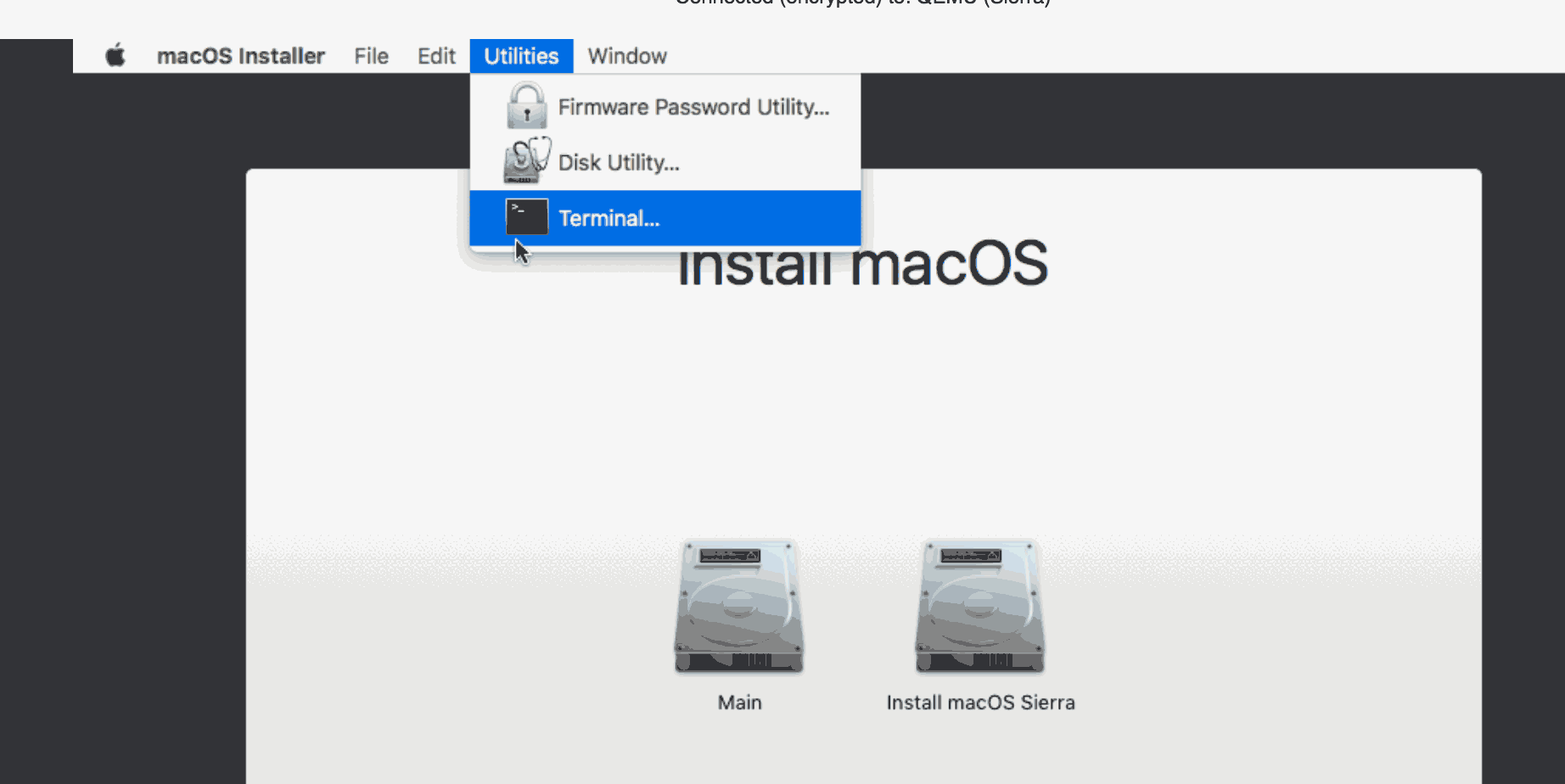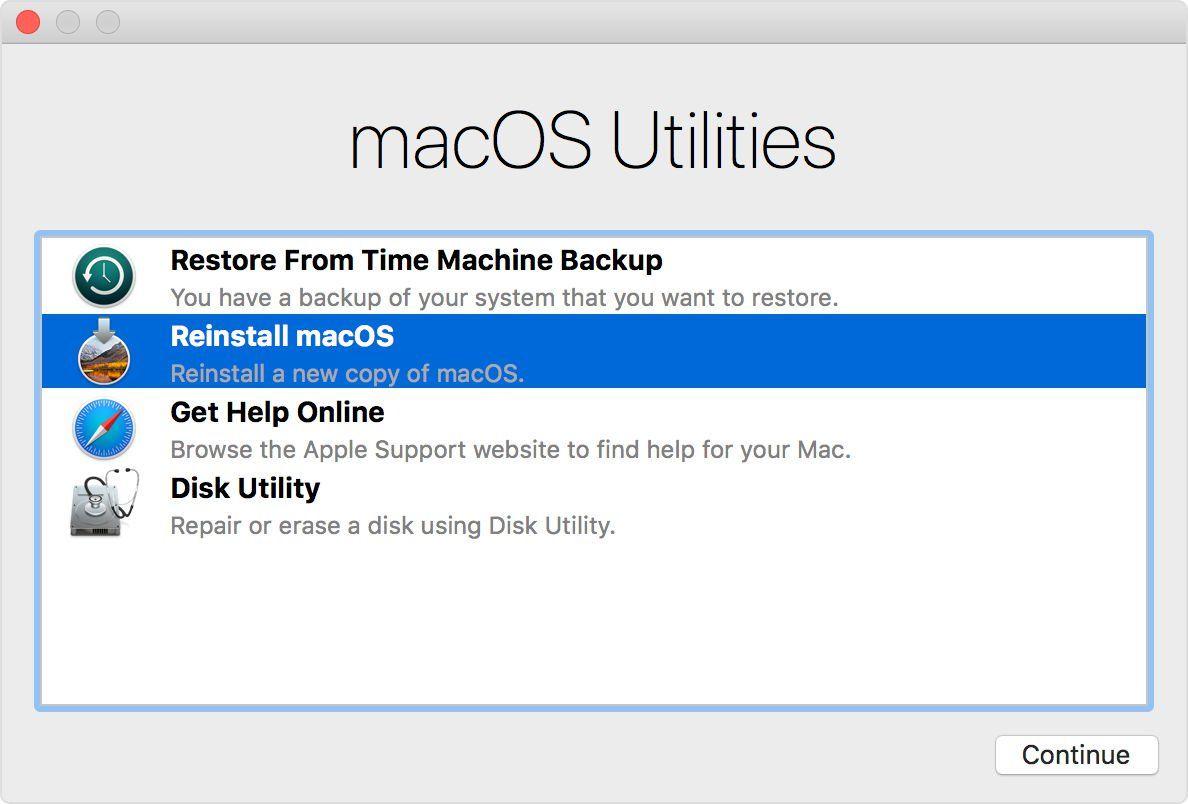
However, Apple doesn’t mention any negative consequences of resetting the SMC, nor any way to determine for sure if the SMC is glitchy without resetting it and noticing that the problem went away. (You can see a longer list on this Apple support page.) As with zapping the NVRAM, resetting the SMC to factory defaults may resolve these problems.Īpple says you shouldn’t reset the SMC without first trying other troubleshooting tasks, such as force-quitting problematic apps and restarting your Mac. If your SMC becomes confused, you could experience problems like excessive fan noise, slow performance even though Activity Monitor doesn’t show the CPU being overtaxed, apps that take forever to launch, batteries that don’t charge correctly, problems with sleep or wake, and so on. Yet another component of an Intel Mac’s hardware that stores crucial settings is the System Management Controller (SMC), a circuit that deals with power management, temperature monitoring and fan control, status lights, keyboard backlights, and a few other components.
#Reset mac password terminal using sierra 10.12.4 how to#
Apple has the full details on how to revive or restore a Mac with Apple silicon with Apple Configurator 2. You need another Mac with the Apple Configurator 2 app installed, a USB-C cable that supports both power and data (used to connect the two Macs), and an internet connection. It’s a procedure that’s a little more complicated than what you might be used to. If your problems persist, you can try reinstalling the M1 Mac’s firmware. Disconnect all USB devices (except your keyboard, if it’s a wired keyboard), hold the power button down until the Mac shuts off completely, and then press it again and immediately hold down Command-Option-P-R. The most likely cause is that your Mac isn’t registering the key presses due to wonkiness with a USB device. If you hold down Command-Option-P-R at startup and you see nothing but a gray screen that doesn’t change for several minutes-no Apple logo, no progress bar, no second startup chime-don’t panic.


So you could press a key sequence at startup to reset (or “zap”) the PRAM, returning it to default, factory values. If the values in this memory got out of whack for one reason or another, your Mac might not start up correctly or might exhibit any of numerous odd behaviors afterward. The P in PRAM stood for “parameter” (the RAM was just RAM-random access memory), and it referred to a small amount of special, battery-backed memory in every Mac that stored information the computer needed before it loaded the operating system. Zap the NVRAM (or PRAM)īack in the day, the standard list of quick fixes for random Mac ailments always included clearing the PRAM. For M1 Macs, try shutting down the computer, waiting for several seconds, and then boot it up.

M1 Macs don’t have a procedure for zapping the NVRAM, and they don’t have an SMC. The procedures here apply to Intel-based Macs. Your repair repertoire should also include a couple of additional procedures that can occasionally eliminate otherwise inscrutable problems-zapping the NVRAM and resetting the SMC. When your Mac starts acting up, you’ll probably run through some common troubleshooting procedures, such as restarting it, running Disk Utility, and perhaps performing a Safe Boot.


 0 kommentar(er)
0 kommentar(er)
